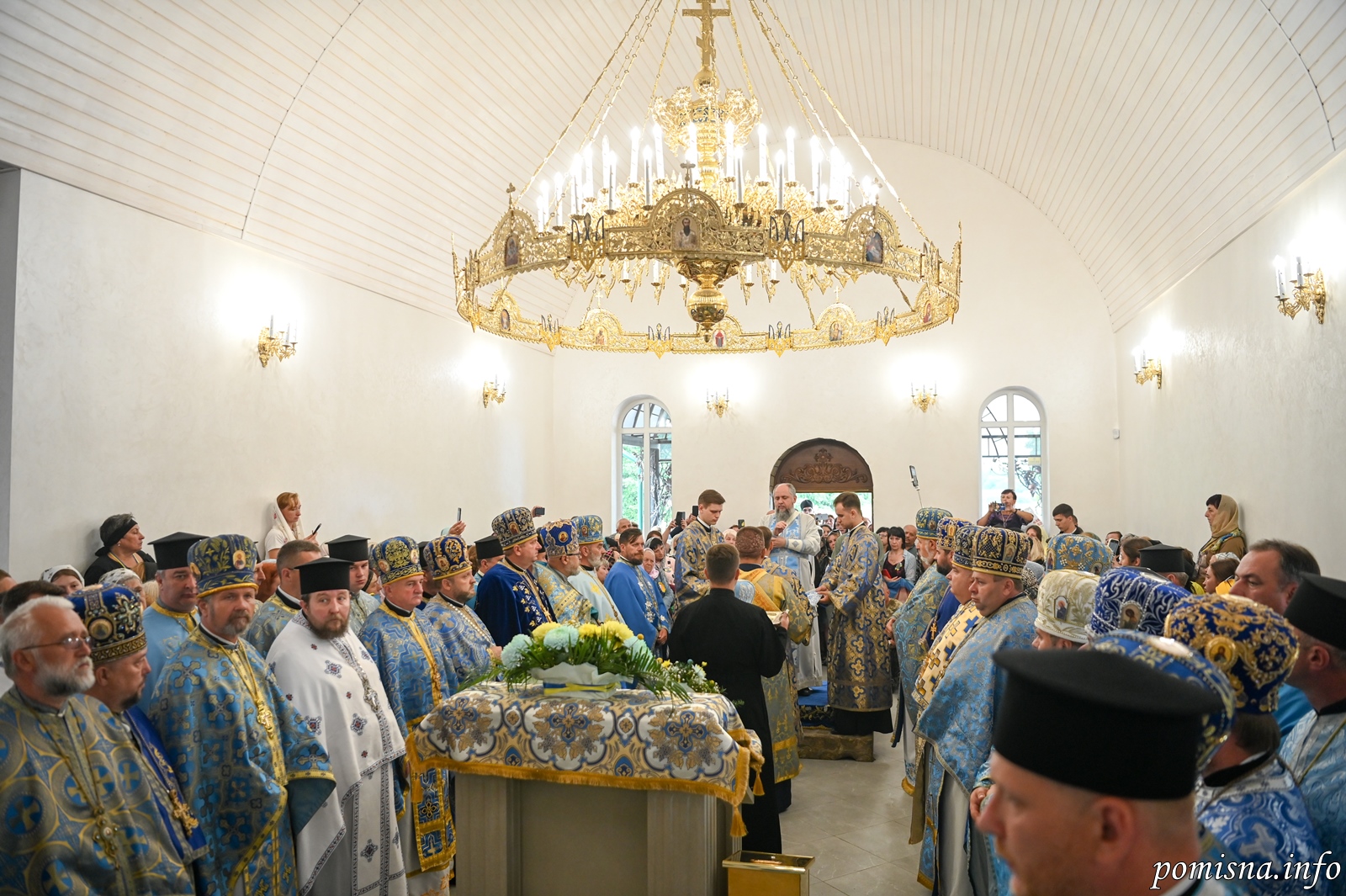Martyrs Agapius, Publius, Timolaus, Romulus, two named Dionysius, and two named Alexander, at Caesarea in Palestine (15 March)


The Holy Martyrs Agapius, Publius (Pausis), Timolaus, Romulus, Alexander, Alexander, Dionysius and Dionysius suffered under the emperor Diocletian (284-305) in the city of Palestinian Caesarea. During one of the pagan festivals they began to torture and execute Christians who refused to offer sacrifice to idols.
The Martyr Timolaus (August 19) was sentenced to burning, and the Martyrs Agapius and Thekla (August 19) were sentenced to be torn apart by wild beasts. A group of young Christians: Publius, Timolaus, Alexander, another Alexander, Dionysius, and Romulus, the subdeacon of the Diospolis church decided to confess their faith and suffer for Christ.
As a sign of their voluntary deed they tied their own hands behind their backs and appeared before the governor Urbanus. Seeing their youth, the governor tried to persuade them to reconsider their decision, but in vain. He then threw them in prison, where there were already two Christians, Agapius and his servant Dionysius. All these saints were subjected to terrible tortures and beheaded.
The holy Martyrs contested for piety’s sake during the reign of Diocletian (284-305), when Urban was Governor of Caesarea of Palestine. When Urban had commanded that together with a heathen festival, certain condemned Christians be publicly cast to wild beasts, Timolaus, a native of Pontus, Dionysius of Tripolis in Phoenicia, Romulus of Diospolis, Plesius (or Paisius) and Alexander from Egypt, and another Alexander from Gaza, tied their own hands and presented themselves to Urban when the exhibition was about to begin, professing their faith in Christ; they were immediately cast into prison. A few days later Agapios and Dionysius also presented themselves. All were beheaded together at Caesarea. Their martyrdom is recorded by Eusebius (Eccl. Hist.,Book VIII, ch.3, called The Martyrs of Palestine).
They all suffered in Caesarea in Palestine at the hand of Prince Urban during the reign of Emperor Diocletian. All seven were extremely young men, and none of them were Christians except Agapius. Neither were they baptized with water, but theirs was a baptism by blood. One day these seven young men were observing how Christians were being tortured: one in the fire, another on the gallows, and a third before wild beasts. Seeing with what great forbearance these Christians endured all their pain and sufferings, these seven became inflamed with a zeal for Christ.
They tied their hands behind their backs and came before Urban, saying: “We also are Christians.” The flattery and threats of Urban were in vain. These young men were joined by a distinguished citizen of this town, Agapius, who had previously suffered much for Christ. They became all the more inflamed in their faith and love for the Lord. All were beheaded in the year 303 A.D. and took up their abode in the mansions of the Heavenly King.
Apolytikion of Martyr Agapius & Companions
Fourth Tone
Let all of us entreat Christ the Lord’s holy Martyrs, for they make supplication for our souls’ salvation; with faith and with longing, therefore, let us draw nigh unto them, for they overflow with the divine grace of healings, and they drive away the ranks of demons in terror, as guardians of the Faith.
Soure: oca.org / goarch.org / westserbdio.org




